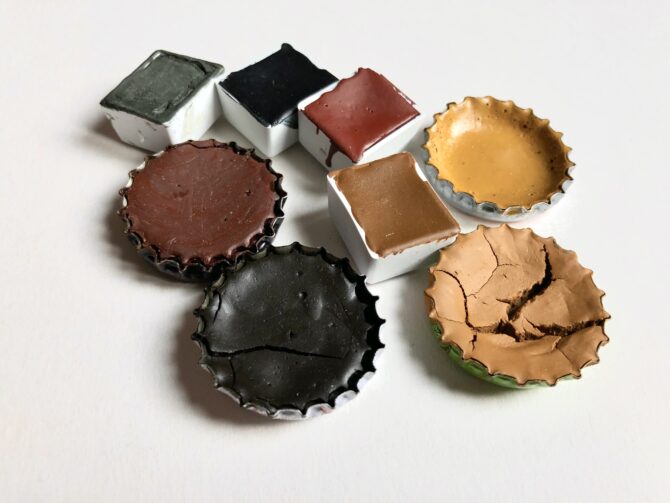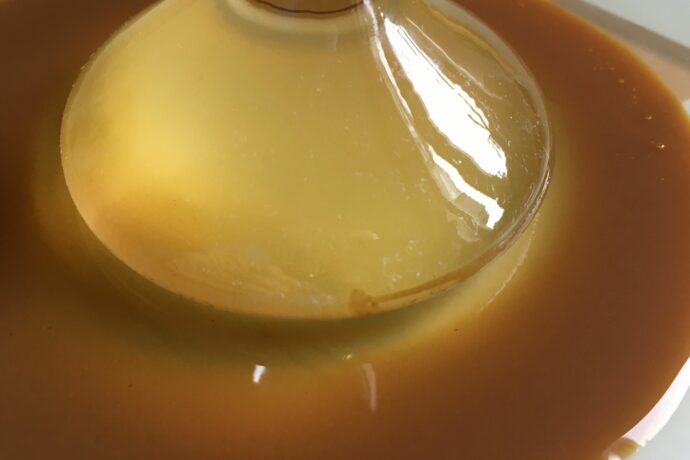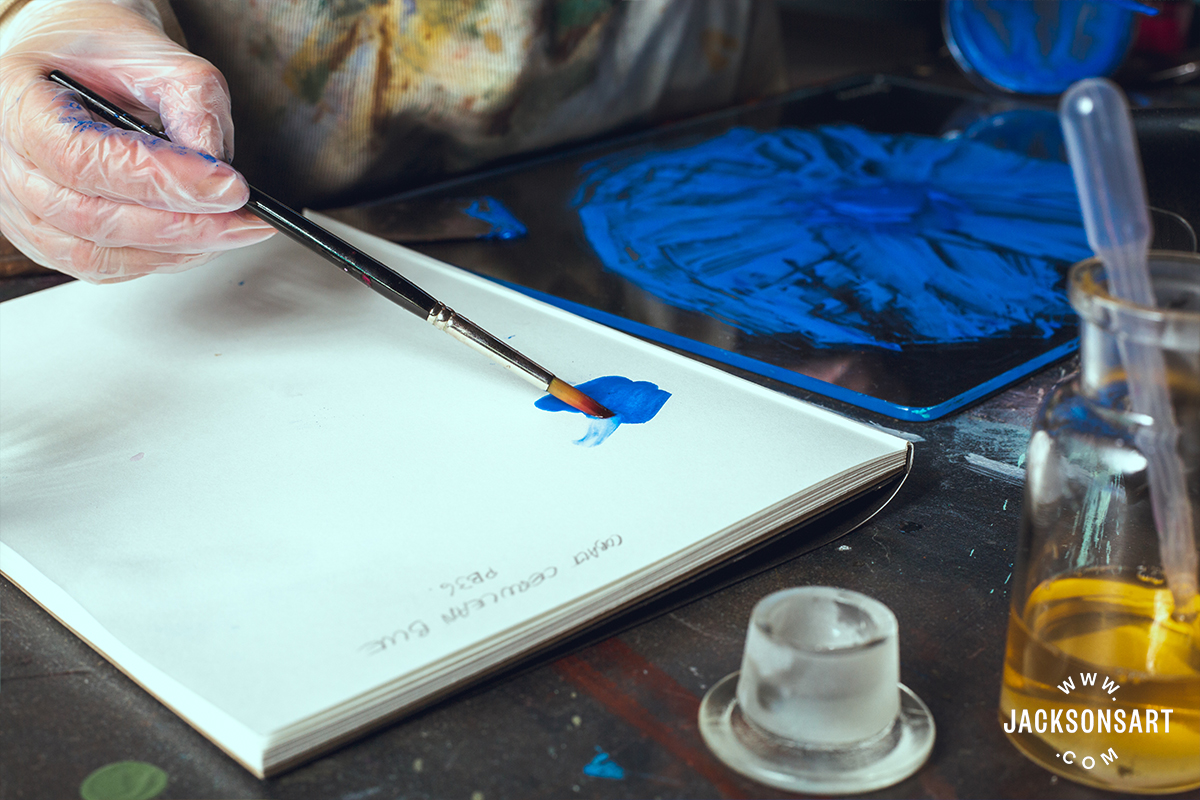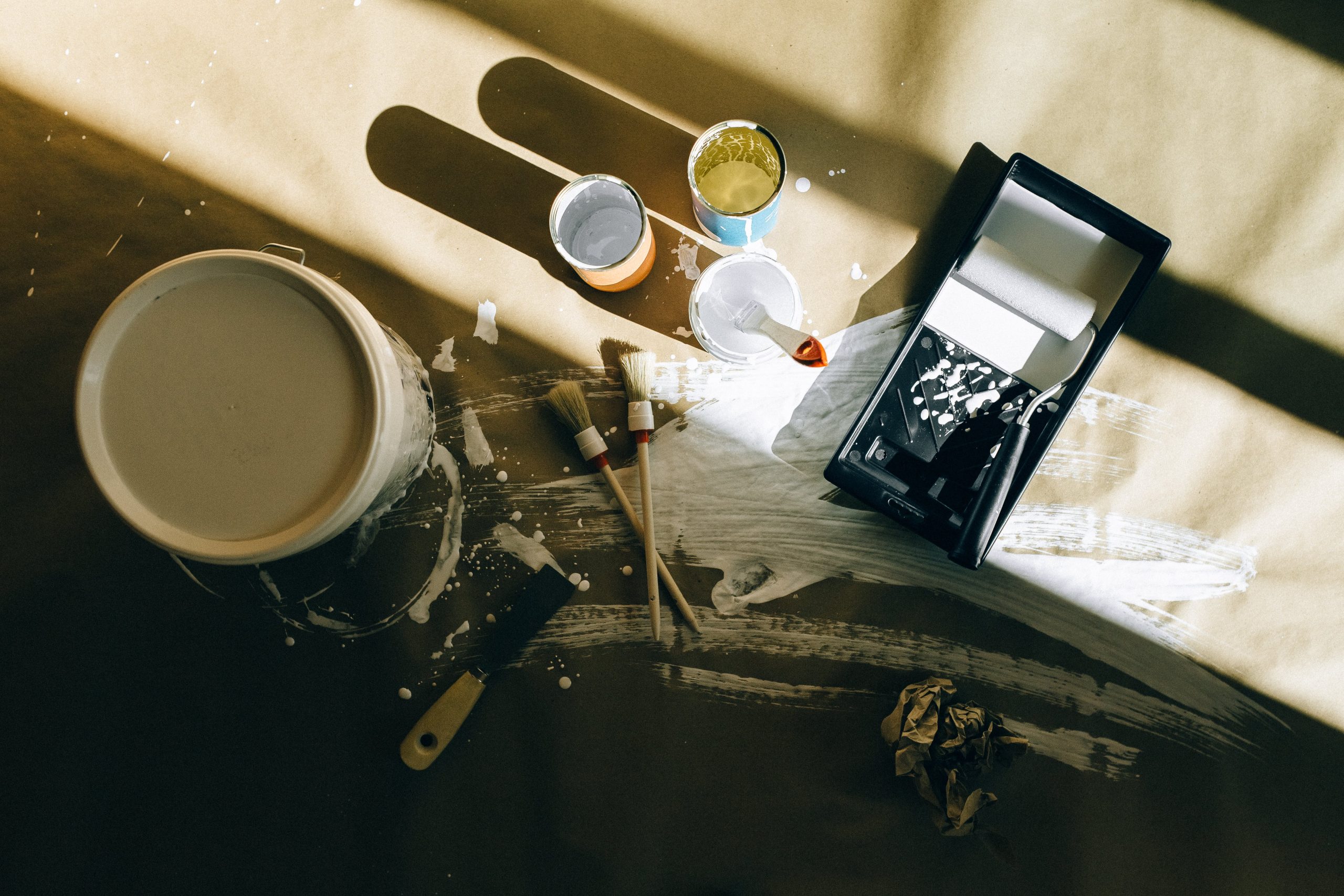There are a couple reasons for why you might consider investing the time to make your own set of watercolor paints.
Why make handmade watercolors?

The main benefit of this includes absolute control of what the paint medium is made of – typically used by artists to avoid fillers, dispersants, preservatives, heavy metals and toxins.
Essentially:
This means that handmade watercolors are simply pigment and an adhesive binder of your choosing. Glycerin can also be used as a softener (humectant) for certain pigments that require a lot of moisture when setting.
There are a couple reasons for why you might consider investing the time to make your own set of watercolor paints.
The main benefit of this includes absolute control of what the paint medium is made of – typically used by artists to avoid fillers, dispersants, preservatives, heavy metals and toxins.
This means that handmade watercolors are simply pigment and an adhesive binder of your choosing. Glycerin can also be used as a softener (humectant) for certain pigments that require a lot of moisture when setting.
The choice to use handmade watercolors instead
Commercially, watercolor brands use synthetic pigments that focus on improving efficiency in the manufacturing process. This of course is highly detrimental to the local environment. Prior to the rapid modernisation of art-making, artists created their own paints and passed the artisanal skill down to their predecessor (from master to student).
Quite clearly,
We’ve lost this connection to the tools we used which are taken for granted in our day and age. By making your own handmade watercolors through a do-it-yourself approach, it is more than possible to reconnect with practice that is simultaneously mindful and enriching.
While seemingly daunting at first:
The process is actually quite simple, and once you get comfortable, it can be more than rewarding to paint with a medium you created yourself!
What you need to make handmade watercolors
- Gum Arabic solution (water soluble gum extracted from acacia tree which acts as a glue that binds the pigment)
- Dry pigment 10g
- Lukewarm water
- Glycerine (humectant and plasticiser that is used as a constituent of the binder)
- Honey (humectant which helps paint retain moisture and reactivate with water after drying)
- Clove oil (natural antibacterial and antifungal preservative used to prevent paint from going moldy)
- Grinding slab
- Glass muller
- Natural preservative
- Empty watercolor pans (can be replaced with bottle caps)
General safety
Specific pigments like Cadmium and Cobalt are known to be toxic when inhaled or ingested. This can be avoided by using natural (grounded) pigments which are considered to be less hazardous.
However, always ensure proper precautions are taken to avoid inhalation of dry pigment such as wearing a face-mask, latex gloves and carrying out the process in an area away from children.
Process of making handmade watercolors
- Add approximately 60ml of gum Arabic solution to a glass bottle.
- Add one teaspoon of glycerine, honey, a single drop of clove oil into the same glass bottle and stir.
- Place one tablespoon of dry pigment in the middle of a tempered glass palette.
- Create a well in the middle of the pigment mound using a palette knife.
- Drop 5ml of pre-mixed binder into the well using a pipette.
- Gently fold the pigment into the binder using the palette knife.
- Add more binder gradually using the pipette until a thicker, creamy consistency is achieved (the volume of binder required varies depending on the pigment used).
- Grind the pigment and binder mixture in a circular motion (spreading across the glass palette) to mull the pigment finely using a glass muller.
- Pool the pigment and binder mix into the center using a palette knife and repeat the process of grinding and mulling.

- Add more binding mixture if mixture remains stiff which is common for natural earth pigments containing larger particles needing more time to mull. This process can reach up to an hour for some pigments.
- Swatch the paint mixture on an adjacent piece of paper and observe dried smudges when smeared (add more binding mixture) or cracks when paper is beant (add more pigment).

- Pour mixture into pains and leave to cure (note that a small amount of cracking does not impact the usability of finished watercolor paint).
More
Find out the best brushes you should use for watercolor painting in this post below!



Leave a Reply